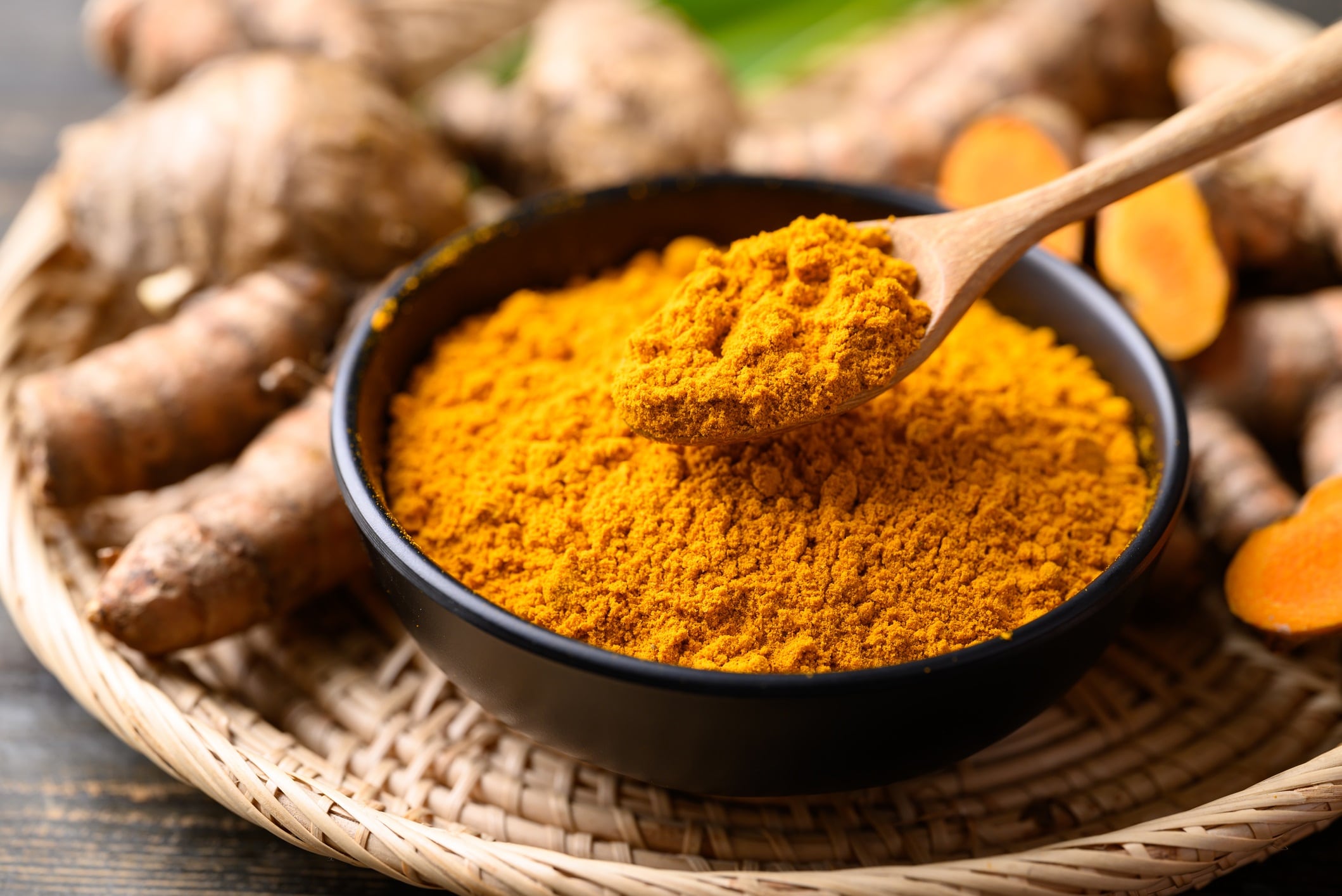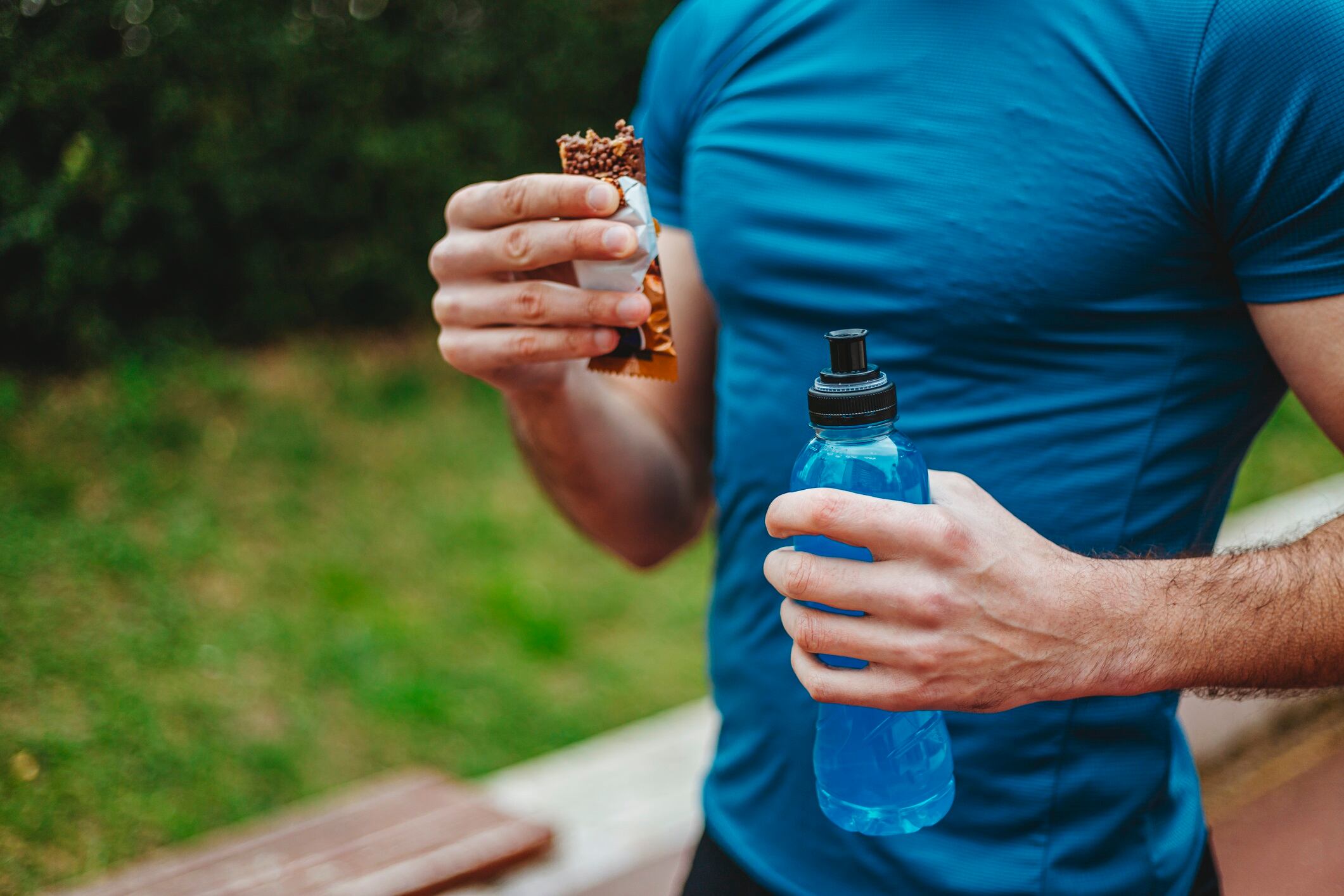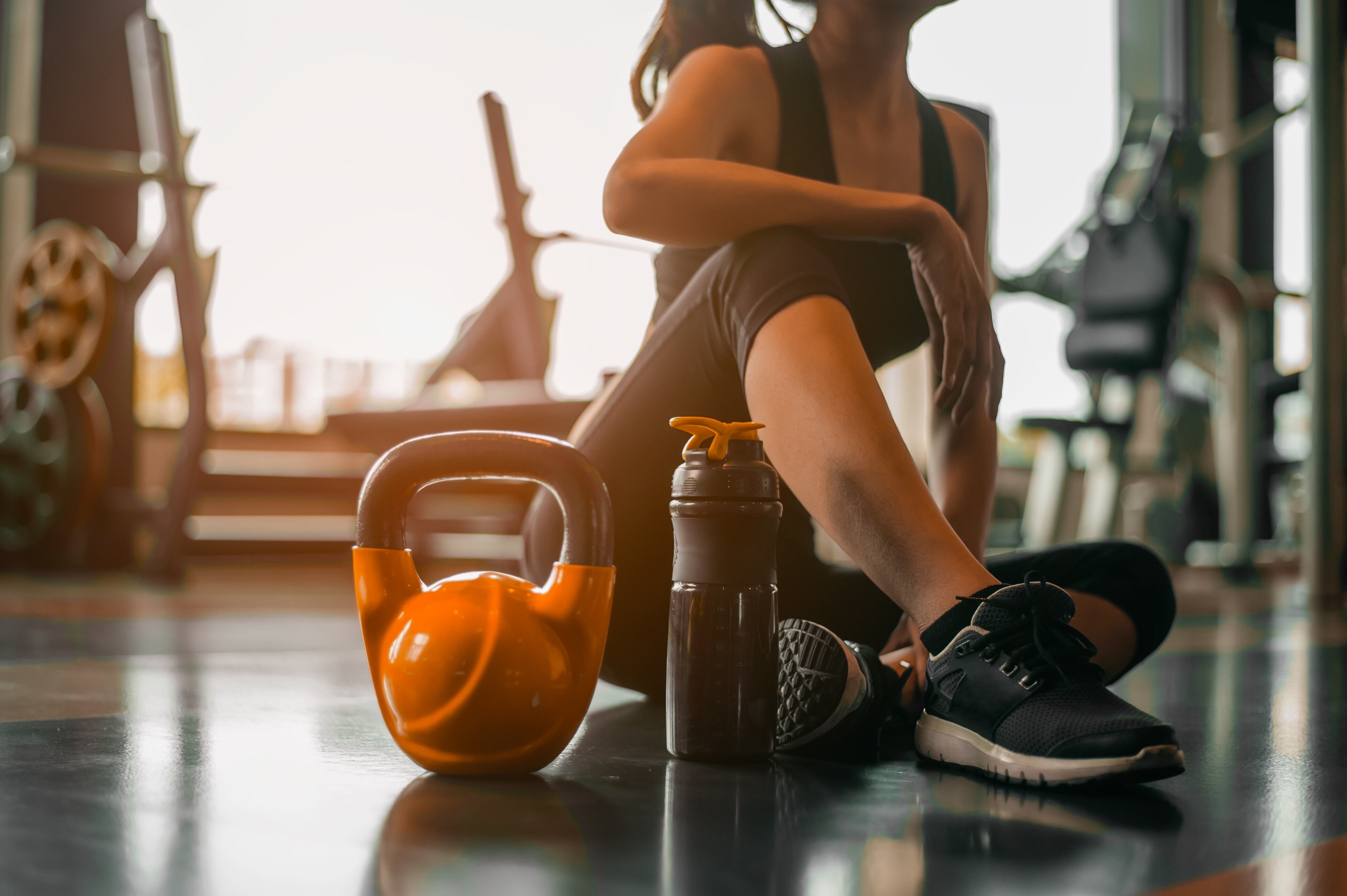The mid-2010s was an unexpected boom time for turmeric, with consumers keen to benefit from its highly publicised anti-inflammatory properties, and that growth has continued. But while the industry was growing at a CAGR of 5.8% in 2018, growth has slowed to 5.5% (Future Market Insights).
However, new links between turmeric and muscle recovery look set to revive interest in this vibrant yellow spice. And with renewed consumer interest comes new functional food and beverage opportunities for manufacturers.
Does turmeric aid muscle recovery?
Research from The Open University of Catalonia (UOC) has found that curcumin, a polyphenol compound naturally present within turmeric, could help to reduce muscle damage and inflammation, in the musculoskeletal system (bones, muscles and joints), following vigorous physical exercise.
“Both pre- and post-exercise curcumin consumption are associated with better outcomes in terms of muscle recovery, reduced pain, and improved antioxidant capacity,” says Daniel Vasile Popescu-Radu, lead author on the study.
Numerous studies have demonstrated the benefits of curcumin, particularly with regards to its antioxidant and anti-inflammatory effects. However, this new review, analysing the results of scientific literature on turmeric and its active compounds, is the first to understand the potential muscle-recovery benefits following physical activity.
Both pre- and post-exercise curcumin consumption are associated with better outcomes in terms of muscle recovery, reduced pain, and improved antioxidant capacity
Daniel Vasile Popescu-Radu, The Open University of Catalonia
“The aim of this study was to assess the scientific evidence regarding the effectiveness of curcumin in mitigating exercise-induced muscle damage, such as injuries to muscle fibres, pain, and reduced strength, and establish its ability to lower inflammatory markers, improve pain perception and speed up muscle recovery when consumed by trained participants,” says Popescu-Radu.
According to the authors, the potential benefits of curcumin include mitigating and combating various issues. These issues include local muscle inflammation and systemic inflammation, oxidative damage resulting from the increased production of free radicals during physical exercise, and muscle pain.
“Moderate curcumin intake within the established post-exercise dosage range helps improve and speed up muscle recovery,” says Popescu-Radu.
He also noted that professional supervision, with an expert who could adjust the dosage and timing of intake to optimise results, could be beneficial.

How much turmeric is needed to gain muscle-recovery benefits?
The research team concluded that 1-4 grams of curcumin, taken daily, would achieve the desired muscle-recovery benefits, particularly in relation to extreme exercise, which tends to be the most damaging to athletes. For reference, turmeric is made up of between 2% and 9% curcumin.
“The effective use of curcumin is contingent upon factors such as dosage, bioavailability and time of consumption, with the most significant benefits seemingly resulting from post-exercise consumption,” says Patricia Martinez-López, course instructor at the UOC’s Faculty of Health Sciences.
Additionally, the researchers noted that factors, such as hormonal fluctuations, will have an impact on the results and therefore further research is required, with a focus on female athletes.
“The varied makeup of the participants in the studies makes it very difficult to extrapolate these results to female athletes or to specific circumstances, such as perimenopause and menopause,” says Popescu-Radu.
The researchers also noted that further research into formulation, absorption and bioavailability remains necessary to fully evaluate the effects of curcumin on muscle recovery.

What does this mean for F&B manufacturers?
This new understanding of the potential benefits of turmeric could supercharge sales of the spice as its muscle-recovery benefits become more widely known. And it’s joining a hugely popular market.
The muscle-recovery product market is currently experiencing a period of major expansion, growing at a CAGR of 7.9% (Fact.MR) and projected to reach $16.9bn by 2034.
“The global market for muscle recovery powder has been undergoing rapid expansion owing to the growing popularity of fitness and sports nutrition as well as health in general,” says S.N. Jha, associate vice president of Fact.MR. “The more people participate in these physical activities, the more they need effective recovery solutions.”
Added to that, the global sports nutrition market is valued at an eyewatering $45.24bn and growing at a CAGR of 7.5% (Grand View Research).
It’s safe to say that the demand is there and functional products, with active ingredients scientifically proven to aid muscle-recovery, will be a hit with fitness fans.
The obvious options are energy drinks, protein shakes and powders, and nutrition bars. However, food and beverage manufacturers could also explore the possibilities of adding turmeric to pre- and post-workout ready meals, and look at reviving the once hugely-popular turmeric lattes.
What are the benefits of turmeric?
Consumption of turmeric has been linked to a multitude of health benefits including:
- Aid muscle recovery
- Reduce inflammation.
- Prevent degenerative eye conditions.
- Reduce the risk of developing metabolic syndrome (a cluster of conditions that occur together, increasing the risk of heart disease, stroke and type 2 diabetes)
- Reduce the risk of developing arthritis.
- Reduces hyperlipidemia (cholesterol in the blood)
- Helps to relieve anxiety
- Aid kidney function
Source: Evaluation of curcumin intake in reducing exercise-induced muscle damage in athletes: a systematic review
Published online: 2 December 2024
DOI: 10.1080/15502783.2024.2434217
Authors: Daniel Vasile Popescu-Radu, Patricia Martinez-López, Marta Massip-Salcedo, Laura Esquius


